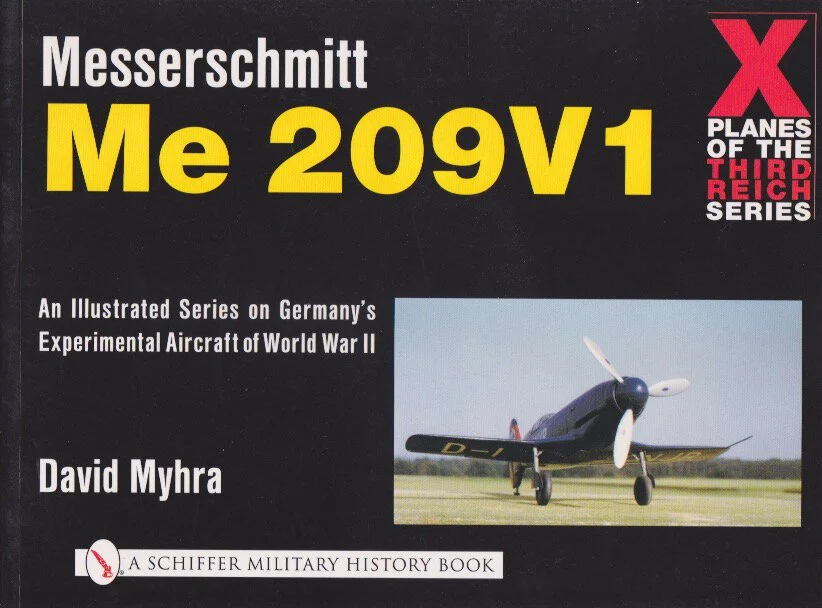
Henschel Hs 126 (TopDrawings 45)
Henschel Hs 126 was a two-seater, all-metal hinged monoplane with fixed landing gear. The first prototype – Hs 126 V-1 (D-UBYN) – had its flight-test in August 1936. It was powered by a 12-cylinder liquid-cooled JUMO 210 C engine. By the end of 1937 ten preproduction Hs 126 A-0’s were delivered. Aircrafts were produced at the Henschel-Werke plant and also at AGO Flugzeugwerke.
Hs 126 had exceptional short landing performances. Armament consisted of two machine guns cal. 7.92 mm: pilot’s fixed MG-17 in front (with 500 rounds) and defense MG-15 in the observer cockpit (with 975 rounds). For the optional close support missions it was capable to carry bombs on two side racks (2×10 kg or 2×50 kg). It also had radio equipment and, after gaining combat experience, some machines were equipped with side armor plates of 8 mm steel.
The first combat employment of several Hs 126’s took place in Spain, where they were used as tactical reconnaissance within Ausfklarungsgruppe 35, and where they received the code name “Super Pavo”. Loses in the Spanish civil war were minor. Some Henschels were also sold to Greece, Bulgaria and Estonia.
At the beginning of World War II (invasion of Poland) the Hs 126’s were the backbone of reconnaissance units of the Luftwaffe. From 29 staffelns this machine was deployed in 23 of them (267 Hs 126’s were in combat units, of which 234 were combat-ready). However, the Polish campaign showed that Hs 126 was a vulnerable airplane. Germany lost about 41 of them to a AA fire and Polish fighter actions, and another 40 were seriously damaged.
The Hs 126 participated in missions over all WW2 fronts: from Africa, the Soviet Union, and West Europe to the Balkans. On the 1st of June 1941, Hs 126’s were still used by operational combat units as well as flying schools. However, rising loses resulted in withdrawing the type from combat units, but it was still presented in big numbers. For example, in March 1942 from 35 Aufklärer Staffels on East Front 16 operated Hs 126’s. On the first day of Operation “Barbarosa,” Germany lost 13 Hs 126’s and by the December 1941 they lost 381 of them. Germans tried to accompany Hs 126’s with fighter escorts during missions but this did not help much. For this reason from autumn 1941 the obsolete Henschels were replaced by the more modern Fw 189.
It is worth noting that the Hs 126 played a role in the rescue of Benito Mussolini on 12th of September 1943. It made a reconnaissance mission to spot landing positions for gliders.
By March 1944 only 174 Hs 126’s still remained in the Luftwaffe, some of which were in service with the following combat squadrons on the Eastern Front: 13./NSGr-11 with a base in Estonia, 2./NSGr-12 with a base in Estonia/Lithuania and 2./NSGr-7 with a base in the Balkans. At that time, used as night light bombers. Behind the front line the Hs 126 was used as daytime light bomber and scout to fight the partisans, as well as communication planes in which role they served until the end of the war.
Today not many parts of the Hs 126 are preserved as most were lost to the Soviet Union.







